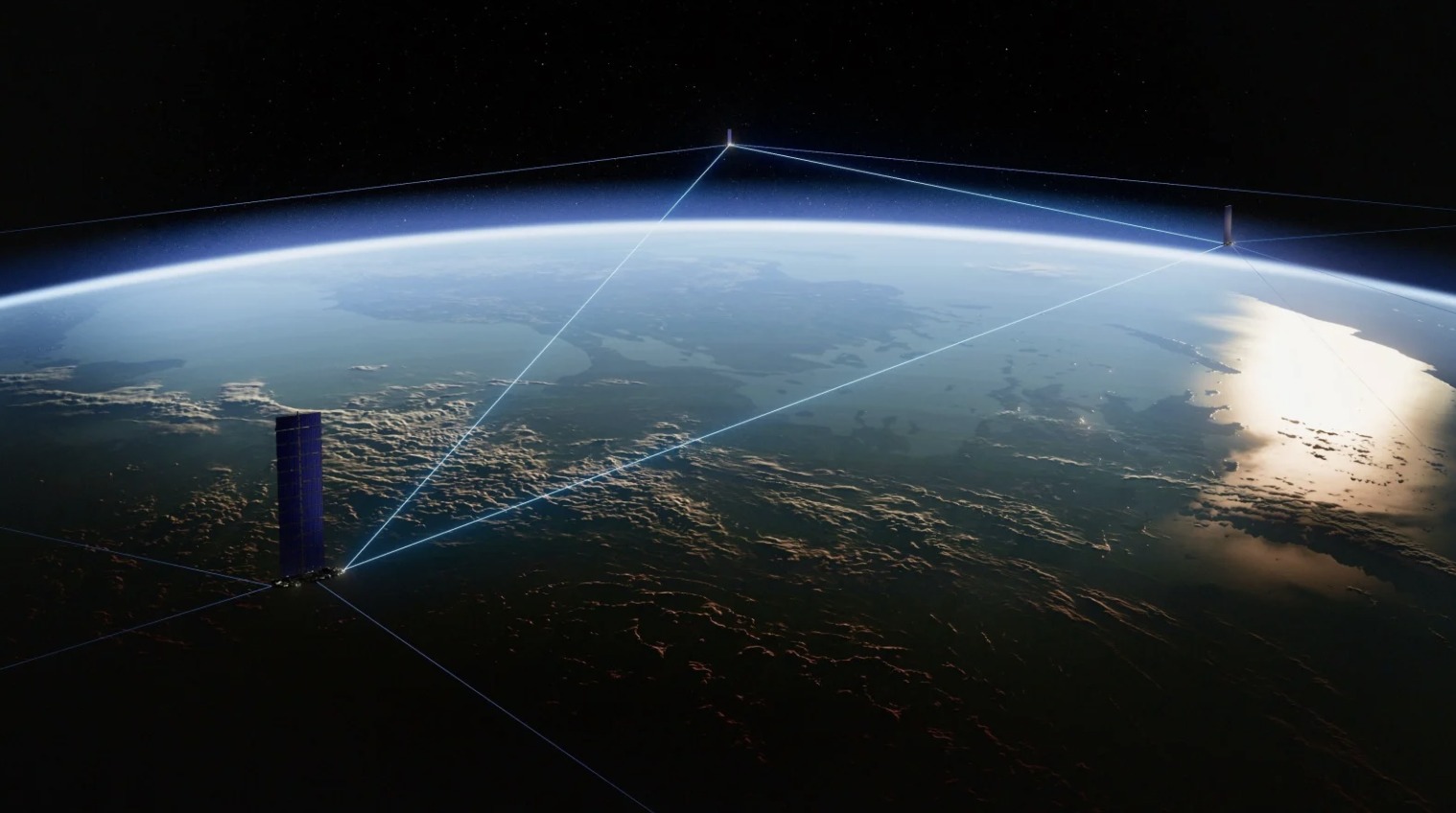The SpaceX Starlink project uses advanced technology to provide high-speed communications in regions where there is no stable terrestrial Internet. Lasers are proving to be a key element in achieving true global coverage.

SpaceX engineer Travis Brashears recently revealed that the company uses laser Internet communication technologies to send more than 42 petabytes of data to customers per day. Speaking at SPIE Photonics West, an event in San Francisco dedicated to breakthroughs in optics and light technology, Brashears shared some interesting details about Starlink’s capabilities to efficiently transmit the internet from space.
According to the SpaceX engineer, Starlink satellites use 9,000 laser beams to exchange data daily. This technology can transfer 42 million gigabytes of real Internet data.
Starlink’s main Internet service mainly uses radio wave connections to provide customers with land-based communications. At the same time, a laser connection is used to transmit data between satellites that are more than 5,400 kilometers apart. The laser system reduces latency and improves global coverage, and it can maintain a stable connection at 100 Gbps. Lasers create a mesh network in space and are important for obtaining data in areas around the world where there are no SpaceX ground stations, for example, in Antarctica.
NEWS: SpaceX's laser system for Starlink is delivering over 42 petabytes of data for customers per day, an engineer revealed today. That translates into 42 million gigabytes.
— Sawyer Merritt (@SawyerMerritt) January 30, 2024
“We're passing over terabits per second every day across 9,000 lasers"https://t.co/dauGw2sKrH
Brashears stated that the system is very reliable, providing a stable connection while thousands of Starlink satellites are in Earth orbit. SpaceX’s satellite fleet generates about 266,141 laser connections per day, but some connections can last for weeks and reach peak data transfer speeds of 200 Gbps.
Brashirs also pointed out that the laser system used on Starlink satellites is based on the Generation 3 design. However, this technology has recently been upgraded to Generation 4, which will accelerate satellite production and reduce costs.The company is also working on a sustainable business, designing all components so that they do not clog low Earth orbit, and so they completely burn up when entering the planet’s atmosphere.
Earlier, we talked about whether Russia can cut off Ukraine from satellite communications.
According to techspot.com
Follow us on Twitter to get the most interesting space news in time
https://twitter.com/ust_magazi


